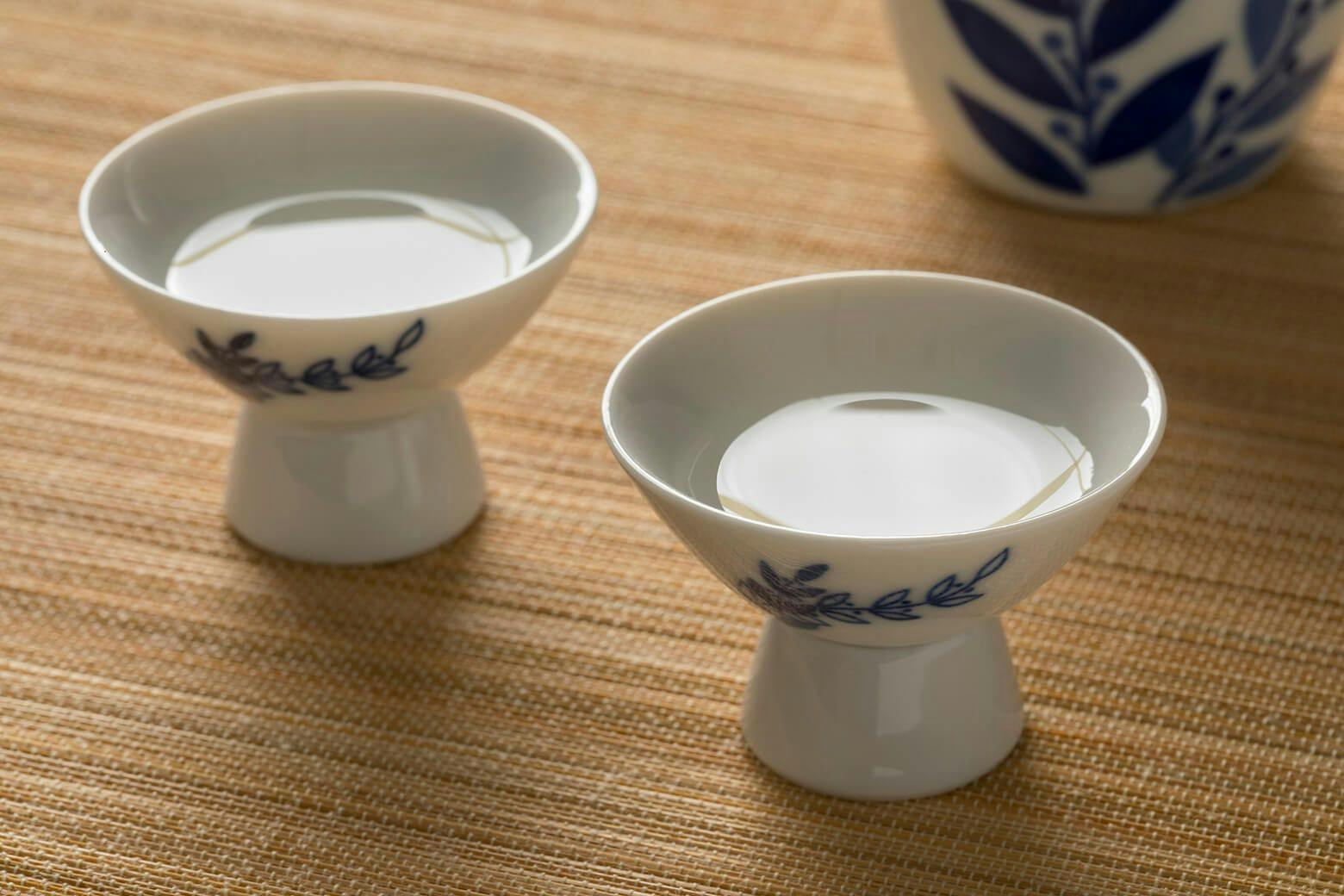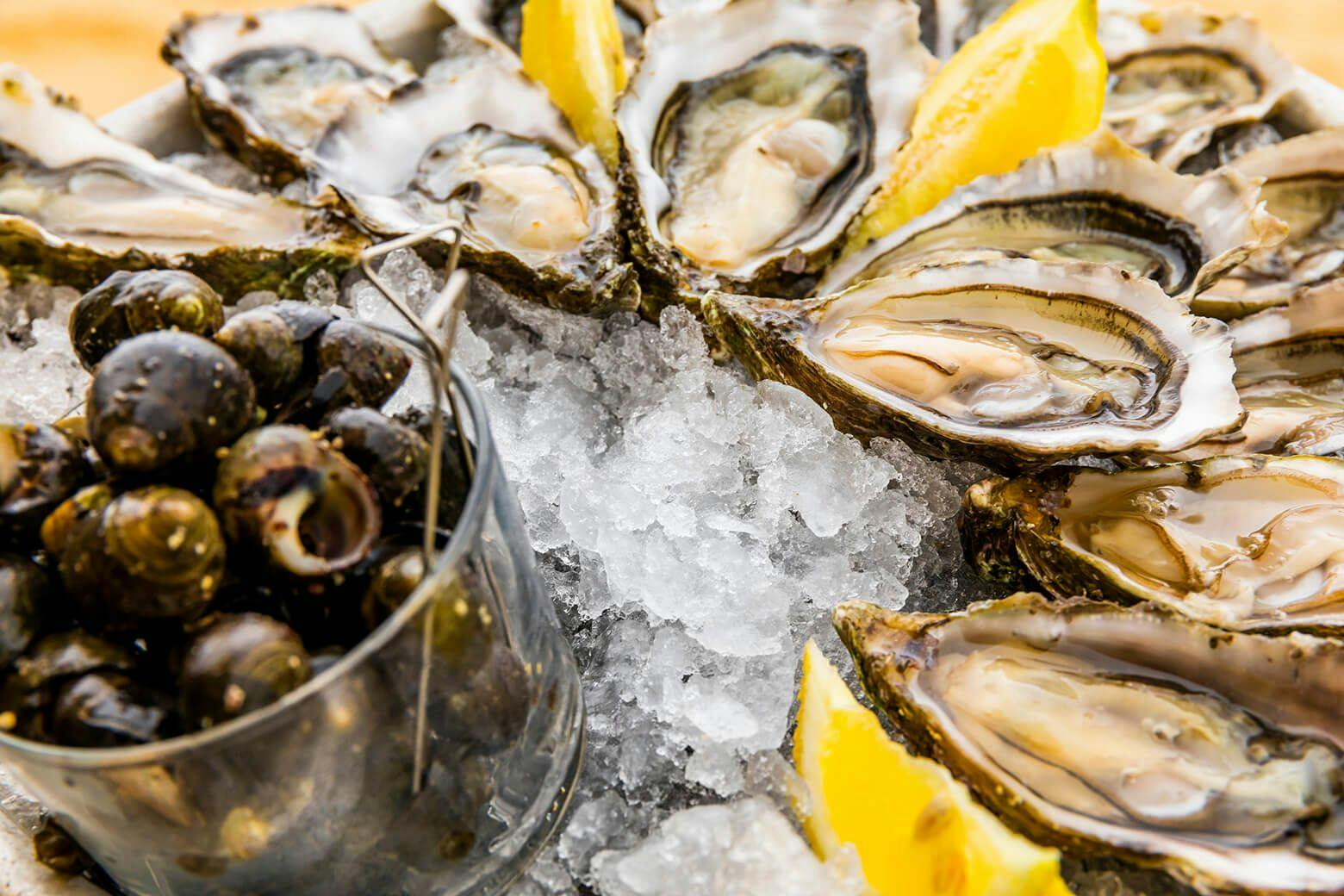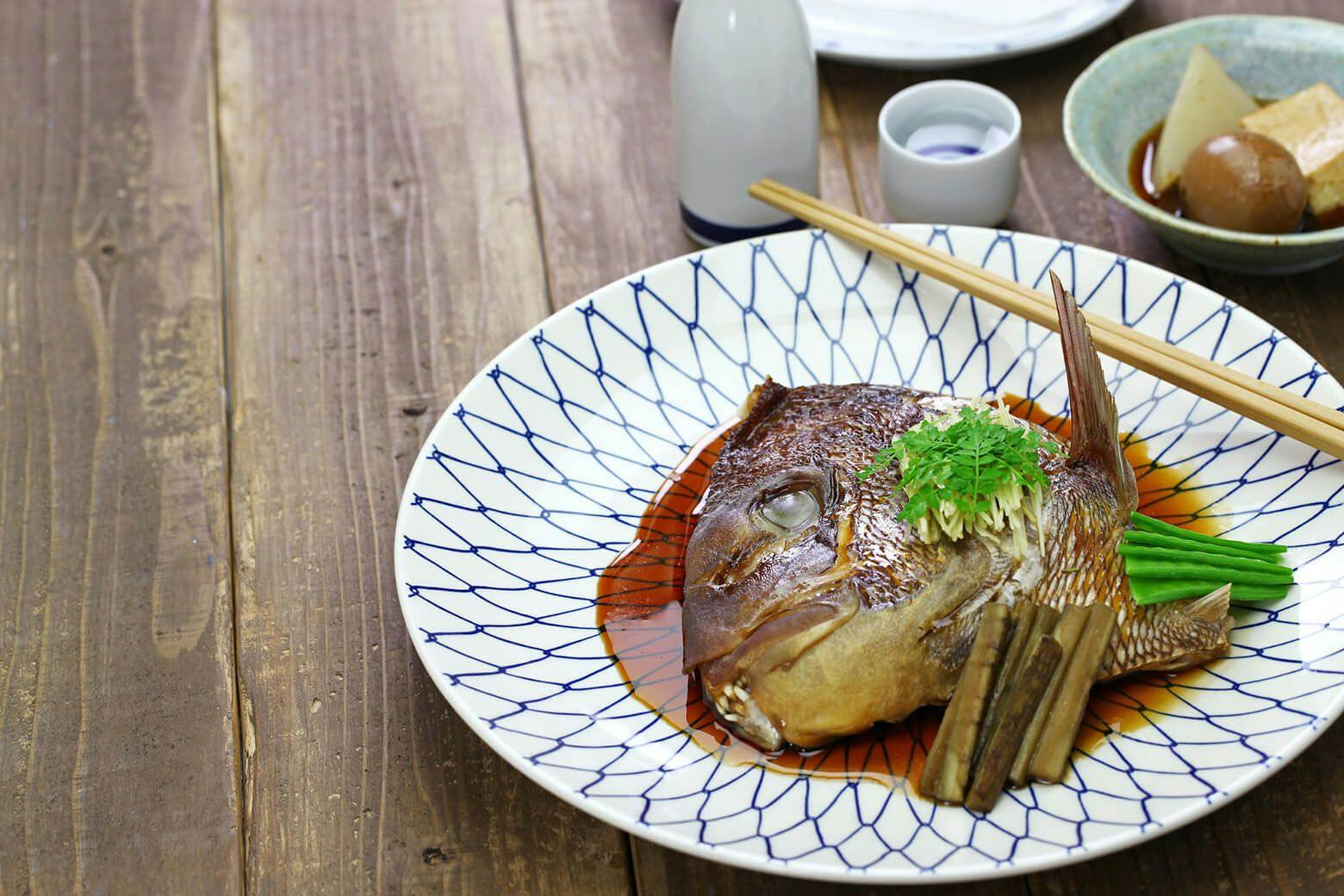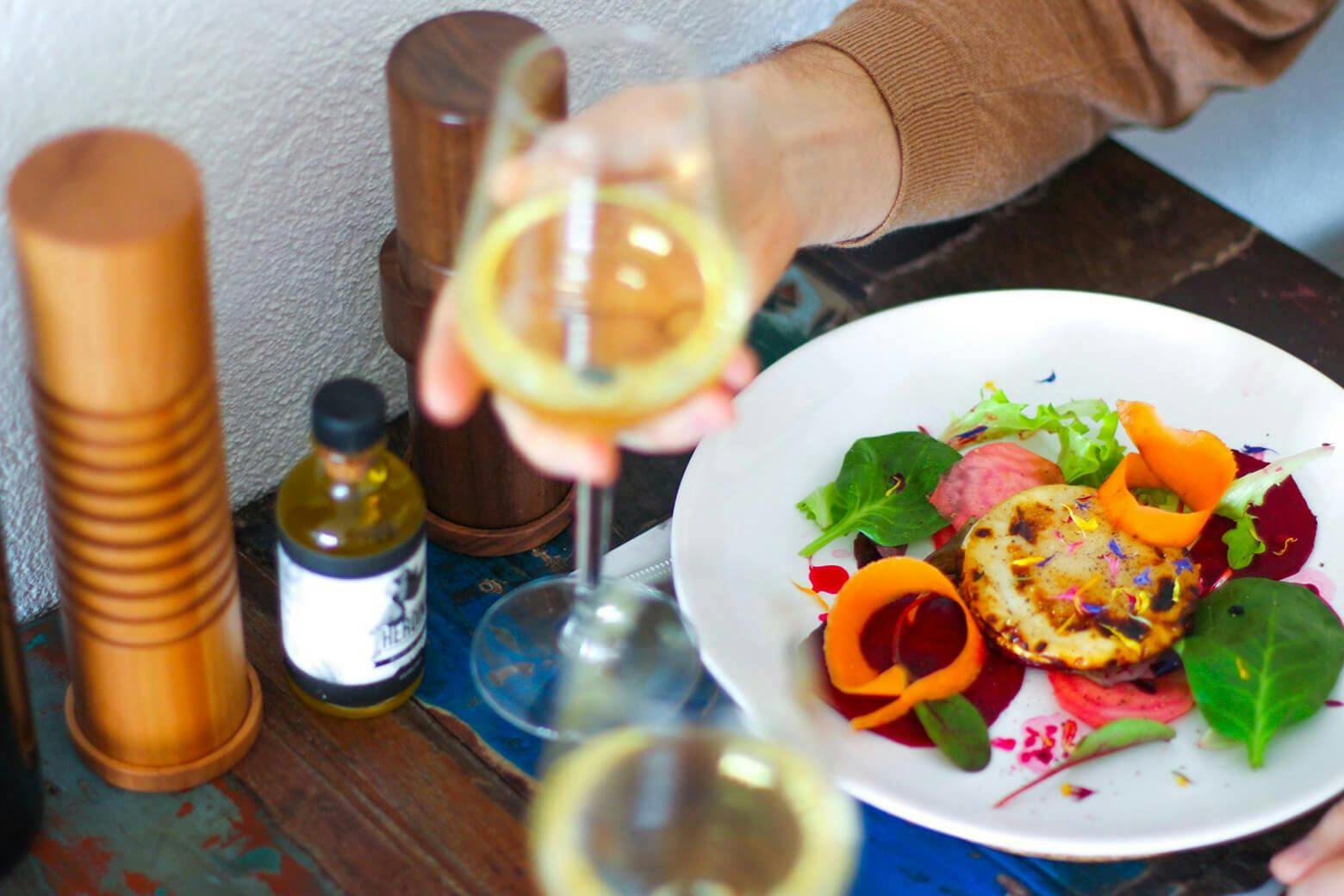Comprehensive Sake Pairing Ideas for Wine Lovers and Sake Beginners
Table of Contents
Updated Sept. 10, 2025 by Taylor Markarian
As the Japanese culinary trend evolves and consumers become familiar with sake, sommeliers are increasingly observing the rise of the importance of sake and food pairing. As a wine sommelier, I would like to introduce comprehensive sake pairing ideas for wine lovers and sake beginners, with reference to widely recognized wine theories.

What is pairing?
“Pairing” refers to a way to match food and beverage to elevate your dining experience.
But what exactly does that mean? The French call a great wine and food pairing “mariage” (marriage). When the couple is meant to be, it creates an amazing synergy. In contrast, if the couple is mismatched, they fight and bring negative effects to each other; this sums up the core concept of pairing.
Wine pairing vs sake pairing
When you discuss wine pairings, acidity and tannin are the most prominent components in deciding what food to pair with wine. There are strict do’s and don’ts. For example, oysters with freshly squeezed lemon will pair very well with a high-acid Chardonnay with mineral nuance. However, it would be problematic to pair oysters with a big, bold Cabernet Sauvignon as the heavy tannins in the wine will amplify the unwanted fish flavor, making the taste unpleasant.
Sake does share similar characteristics as wine, but it is more mellow, meaning sake will never be too acidic nor tannic. This provides sake with amazing advantage and flexibility in pairing with a wide variety of cuisines. Going back to the oyster, there are some preferred sakes to pair, however, it will be hard to find a sake that can absolutely ruin the dish.
To give you a better understanding of wine pairing versus sake pairing, let’s run through the similarities and differences between sake and wine.

Similarities between wine and sake
Wine and sake are both fermented beverages. In terms of their chemical makeup, they share many of the same acids, such as succinic acid, lactic acid, citric acid, acetic acid and malic acid. However, the ratios of these acids are different in each beverage, and wine has some acids and compounds that sake does not.
Another similarity between wine and sake is that they can both be served in a wine glass! The image that usually comes to mind when people think of sake are the small cups called “ochoko.” However, chilled sake is best enjoyed in a wine glass to open up the aromatics. You can also enjoy sparkling sake in a Champagne flute!
Differences between wine and sake
While sake is often referred to as rice wine, the base ingredients for wine and sake are very different. For one, sake is fermented from rice while wine is fermented from grapes. Sake also relies on koji mold (Aspergillus Oryzae) to convert rice starch to sugar that the yeast can then turn into alcohol; wine does not need this ingredient. These different ingredients naturally result in different chemical makeups, tastes, and food pairing abilities.
Two of the biggest differences between wine and sake are tannins and umami. Sake does not have tannins — compounds that are responsible for astringent and bitter flavors — while sake does not. Sake also doesn’t have tartaric acid, which is an acid found in grapes that give off a sour flavor. Additionally, while both wine and sake contain succinic acid and lactic acid, the quantities are much higher in sake. These acids are found in seafood and dairy, respectively, and create more of a savory or umami-rich flavor profile. These qualities are what make sake the all-around better food pairing beverage.
| Sake | Wine | |
| Succinic acid (shellfish) | 39% | 7% |
| Lactic acid (dairy) | 20% | 7% |
| Malic acid (apple) | 27% | 27% |
| Citric acid (lemon) | 5% | 8% |
| Acetic acid (vinegar) | 3% | 9% |
| Tartaric acid (grape) | 0% | 42% |
You an also play with the temperature of sake to a greater degree — no pun intended — than you can with wine. Sure, light white wines are generally more enjoyable chilled, while full-bodied reds are meant to be served at room temperature. And for the holiday season, who doesn’t enjoy a warm cup of mulled wine?
But in the world of sake, each bottle comes with its own unique temperature recommendation. You can even try the same sake at a variety of temperatures to see how the taste changes! Options range from serving on the rocks to serving hot. Learn more about how to serve sake at different temperatures.
First step to sake pairing: Identify the key components
What you should first look for in sake are freshness, umami and body.
Sake in the ginjo and daiginjo categories tend to have a fresh, clean taste, and can be easily paired with simple, delicate foods like sashimi.
Umami-rich sake, on the other hand, pairs well with dashi-forward dishes, such as ramen.
The body of the sake is determined by the mineral content of the water used to produce it. When soft water (low mineral content) is used, the end product will have a round and elegant finish, often referred to as feminine sake. In contrast, when hard water (high mineral content) is used, the sake tends to have an edgy taste, often referred to as masculine sake. Masculine sake tends to pair with high-protein dishes like steak, as the bite from the minerals accommodates amino acids well.
The golden rules for pairing
The very first pairing theory you need to know revolves around the complement and contrast methods.
Complement Pairing
This is a pairing method that creates a harmonious balance by using ingredients with shared flavors. In other words, your wine or sake will act like an additional sauce that blends into the already-existing flavor.
Example:
- Wine: Tomato sauce pasta with Chianti (Italian light red wine). The acidity from the tomato matches that of the wine.
- Sake: Nitsuke (dashi-simmered fish) with a complex, umami-forward daiginjo.

Contrast Pairing
A pairing using opposite taste profiles to create a uniquely balanced flavor.
Example:
- Wine: Sautéed fish with cream sauce with acidic Pinot Grigio. The cream and acid are the two opposite flavors, however, the wine will serve as a splash of lemon.
- Sake: Fatty wagyu steak with refreshing, crisp junmai daiginjo. Usually, meat is paired with full-bodied or masculine sake, but in this case, the crisp sake will cut through the fat of the meat and will help cleanse your palate pleasantly.
Pair local with local
Another important way to determine what dishes pair well with what beverage is to find out where they are from. When they share the same soil, weather and water, the crops generally share some common traits. In fact, each region around the world has its own specialty, and usually the beverages that are developed in the region naturally go well together. One example of this is Niigata prefecture’s well-known “tanrei karakuchi” style of light, dry and clean-tasting sake that pairs beautifully with freshly caught local seafood.
Sake pairings for wine lovers
The easiest way for wine lovers to start experimenting with sake is to work with flavor profiles and pairings they’re already familiar with. Here are some sake and food pairing ideas for wine lovers you have to try!
Imayo Tsukasa “IMA” with oysters

Not everyone knows how to read Japanese or how to enjoy sake, so it helps when the label is in English and features an image of the food it’s meant to pair with!
Marked by a refreshing acidity, this is a sake for wine lovers who enjoy juicy, bright and vibrant flavors. Imayo Tsukasa Brewing Company designed this sake to pair flawlessly with oysters. White wine and oysters are a classic pairing, yet compared to wine, this sake’s gentle rice umami will enhance the taste of seafood and give you more flavors.
Kubota “Daiginjo” Genshu with scallops

The ideal mealtime daiginjo, this “genshu” (undiluted sake) is as sophisticated as it is expressive. A floral aroma and dry first impression lead to a soft umami followed by a smooth, clean finish. Undertones of pear and mushroom make for a dynamic flavor that pairs well with indulgent foods, such as loaded baked potatoes, buttery scallops and quiche with feta cheese.
HEAVENSAKE “Urakasumi” Junmai Daiginjo with charcuterie board

The HEAVENSAKE brand is helmed by Champagne cellar master Regis Camus. For each sake, he collaborates with a well-loved Japanese sake brewery, adeptly blending different batches of their sake together to create an entirely new product.
For this bottle, HEAVENSAKE collaborated with the brewery Saura, founded in 1724. Their “Urakasumi” brand’s signature Association No. 12 yeast is used along with locally grown Miyagi prefecture rice. This beautiful blend offers floral, apricot and rice notes. It’s an excellent companion for your next charcuterie board filled with prosciutto, cheese and crudité.
Read our interview to learn more about why French master wine blenders are making sake!
Sho Chiku Bai “Junmai” Skyline with steak

Takara Sake USA is throwing red wine lovers an olive branch with this one. (The unintended wine puns just keep on coming!) Their junmai sake is blended with bourbon barrel-aged sake to add some tannins into the mix. The surfing cow on the label not only gives you some California spirit, but guides you on the ideal food pairing for this sake: steak.
IWA 5 with basically anything

The former chef de cave of Dom Pérignon, Richard Geoffroy, has fallen in love with sake. He launched his Shiraiwa K.K. brewery in Toyama, Japan, in 2019, and his IWA brand has met with serious critical acclaim since then. There are many iterations or “assemblages” of IWA 5 that are served in dozens of Michelin-starred restaurants all over the world. Why? Because it’s an incredible sake, and because it pairs with virtually all cuisines.
For each assemblage, he works with his Japanese “toji” (brewmaster) to brew and blend different sake. The end product utilizes several types of rice and yeast to achieve the ultimate harmony of flavors. Furthermore, Geoffroy makes it a point to craft junmai daiginjo that can be enjoyed at any temperature, eliciting different impressions with every degree change.
Tippsy and IWA have co-hosted multi-course pairing dinners specially for Tippsy customers. The menus have featured everything from Japanese to Italian cuisine. So we encourage you to be as playful in your pairing as possible!
Experiment with sake pairing on your own
It’s a common misconception that sake only pairs well with Asian or Japanese food. Because sake is high in succinic acid and lactic acid, it. goes well with all types of cuisine — including pizza! There are also sweet nigori sake that go well with dessert, and even spicy food like buffalo wings. Play around to discover your favoriting sake and food pairings!
Resources
Sake Service Institute. “Sake School of America Sake Adviser Certificate Course.” 2020.

Alice Hama
Certified Sommelier in wine and sake with more than 15 beverage and food-related certifications around the world, including Court of Master and WSET Sommeliers. Alice’s passion for wine and sake has taken her on many gastronomic adventures! She currently consults and writes for several importers, restaurants, and media outlets.
Learn about Tippsy’s Editorial process
Recent posts
All about sake
Sign up to receive special offers and sake inspiration!








